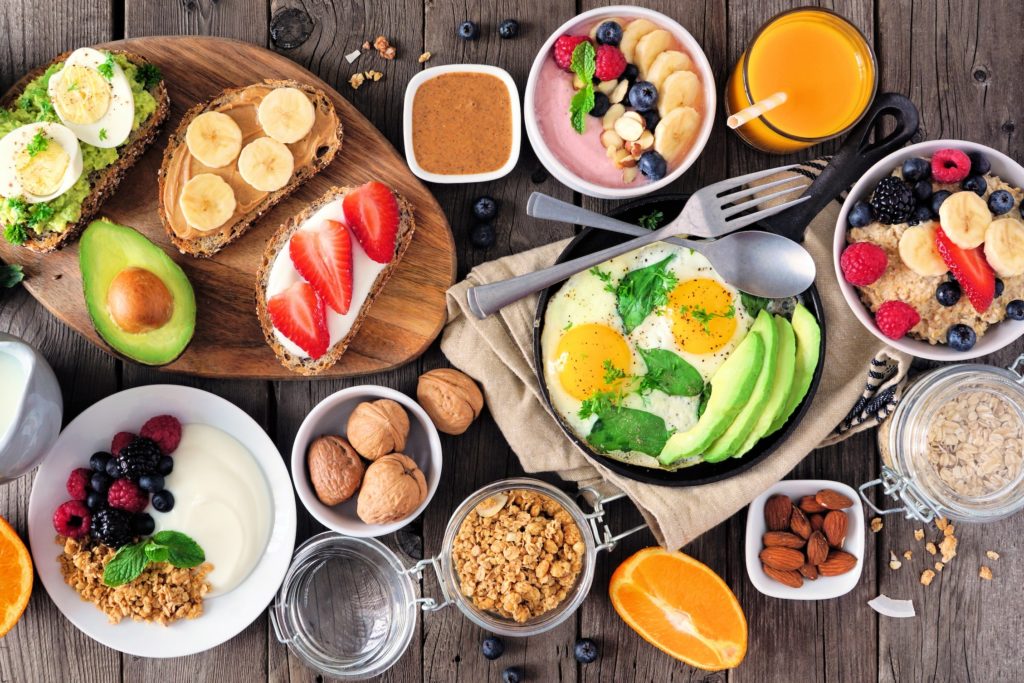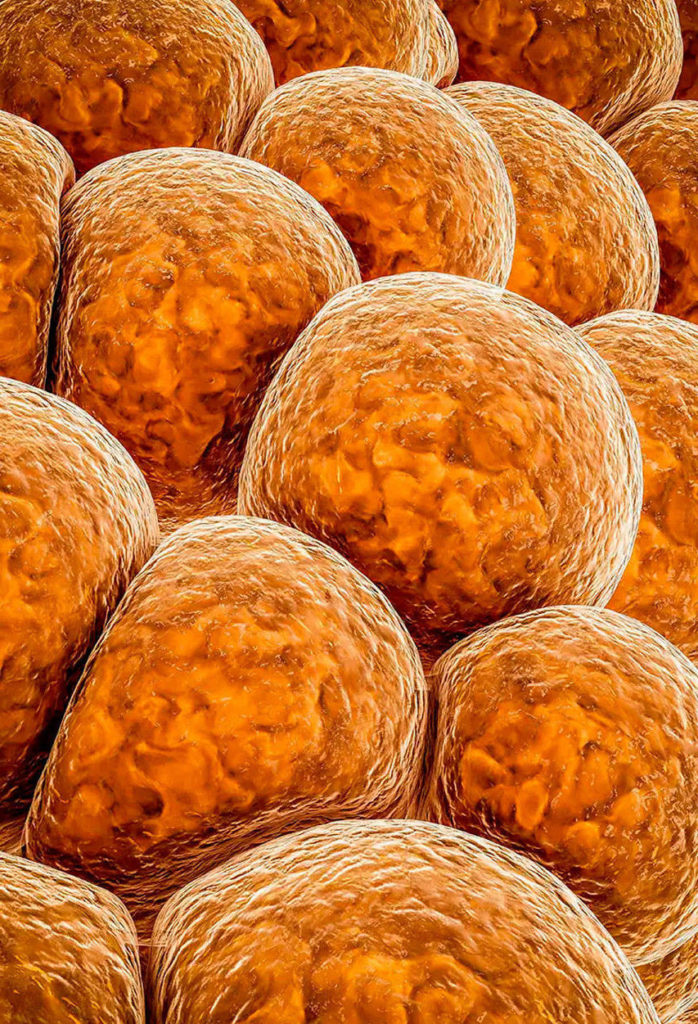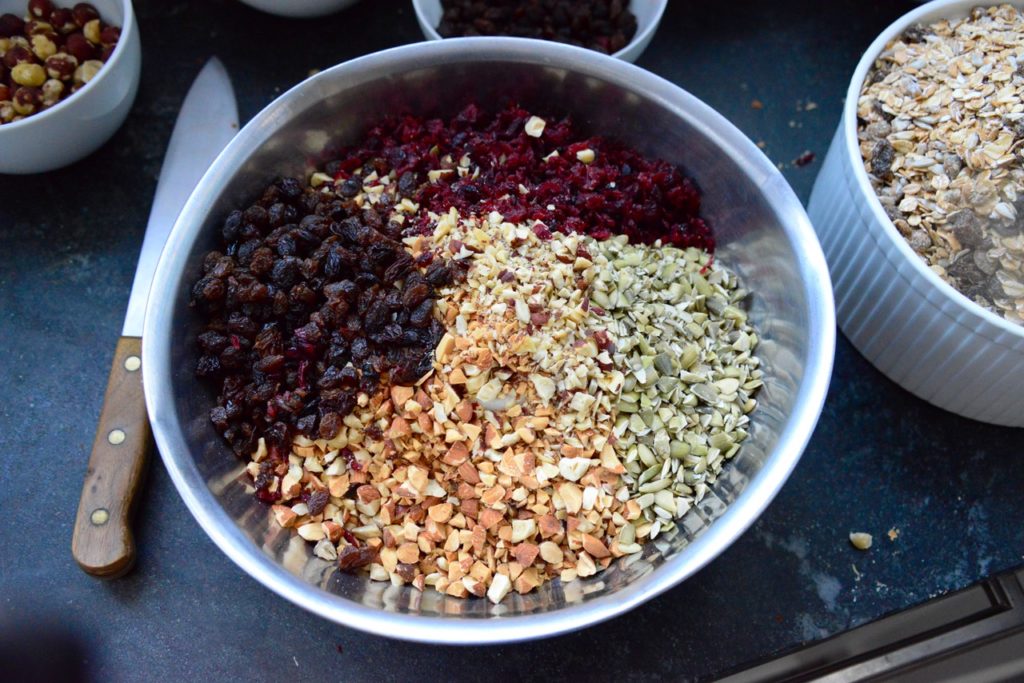Breakfast Like a King and Dine Like a Pauper for Weight Loss and Better Health

Research suggests that eating your highest calorie meal in the morning is better for you.
At first glance it makes a lot of sense to eat most when more of the day’s activity is still ahead of you and you can expect to burn those calories rather than store them as fat. Like other ideas that appeal to common sense the maxim “breakfast like a king, lunch like a prince, and dine like a pauper” is one appears to have wide currency. There’s reported to be a Russian proverb putting it like this: “Eat breakfast yourself. Share lunch with your friend. Give your dinner to your enemy”.
There is also scientific research to support the idea, suggesting that consuming calories earlier in the day is both more likely to satisfy your hunger, and to be healthier. It means that if you’re going to eat functional food carrying slightly more calories – such as the concentrated nutrition in HealthSpan muesli, breakfast is a good time enjoy it.
One of the few ways in which you can “cheat” the system and escape the fattening effects of the calories you eat without deliberately moving a muscle is by the heat your body generates in response to eating. It’s called the thermic effect of food, or diet-induced thermogenesis (DIT) and it seems that you get more of the benefit by consuming a higher proportion of your calories earlier in the day.
The production of heat comes from the energy used after eating to absorb nutrients from the intestine, and start to metabolize (break them down) and store them. The amount of heat produced is related the energy consumed, but different foods contribute more or less to this heat generation: protein has a DIT value of between 20 and 30%, alcohol 10 – 30%, carbohydrate 5 – 10% and fat only up to 3%. On average, for a person whose weight is stable, DIT is equivalent to around 10% the day’s energy intake.
However, a study from March 2020 discovered that DIT varies with time of day, with potential advantages to those who make breakfast their main meal. Researchers gave 16 men of normal weight first a low calorie breakfast and later a high calorie dinner over a three day stay at a laboratory, and then a high calorie breakfast followed by a low calorie dinner during another three day period. It found that diet induced thermogenesis was 2.5 times higher after eating in the morning for either high or low calorie meals, and also that breakfast induced less glucose or insulin in the blood than did dinner, making the larger breakfast significantly healthier than the calorific dinner.
The study also found that the larger breakfast reduced hunger – specifically for sweet food – during the day. The researchers concluded that the body has a “physiological rhythmicity” according to which it produces more heat (and less blood glucose and insulin) from breakfast than dinner, whatever the size of that meal, confirming the wisdom of the “breakfast like a king” maxim.
Other studies have confirmed the ability of larger breakfasts – especially those including higher protein intake – to sustain a feeling of fullness during the day, especially for people who are restricting overall calories to lose weight. Another comparison of the effects of high-calorie breakfasts and high-calorie dinners has shown that shifting calorie intake to the morning can promote weight loss in obese adults with the collection of chronic diseases known as metabolic syndrome. It also reduced triglyceride, glucose and insulin levels in the blood during the hours of fasting, and lowered resistance to insulin, a key factor in the diseases associated with obesity.
Incidentally, there’s another way some of us can expend calories in heat rather than hard work. The tiny energy-generating structures in our cells, the mitochondria, can convert chemical energy derived from food into heat. It happens when mitochondria bypass their normal production of high-energy, battery-like molecules (the vast majority of them are molecules of adenosine triphosphate or ATP) which the body uses to power everything it does and generate heat instead. This “waste” of the energy from glucose and fat in the form of heat means you lose calories without any extra effort.

Brown fat contains more heat generating mitochondria than white fat.
Babies have reserves of fat rich in mitochondria to produce extra warmth for their small, heat-shedding bodies. About five percent of the bodies of newborn babies, mostly on the upper back and shoulders, is padded with “brown fat”. Brown adipose tissue gets it red-brown color from the iron content of the concentrated mitochondria and the extra blood supply to provide them with oxygen. Brown fat – which lingers on in a greatly reduced form in adults – is well supplied with nerves too, and responds to cold. People with more of it start shivering later in low temperatures.
One review suggests that increasing the proportion of brown fat in people could be used to treat obesity, and the diseases that often accompany it. Experiments with mice have shown that a compound called bone morphogenetic protein-7 (BMP-7) can be used not only to increase the proportion of brown fat, but also the “uncoupling protein” (UCP-1) central to heat generation. UCP-1 uncouples the normal flow of hydrogen protons through an enzyme in mitochondria that generates ATP, and instead allows them to leak back through the mitochondria’s inner membrane, generating heat. More about the fascinating world of fat another time!
Sadly, eating a kingly breakfast of intensely nutritional functional food such as HealthSpan muesli won’t confer brown fat on you, but you could lose more of its calories to heat than if you dine like a king instead.



